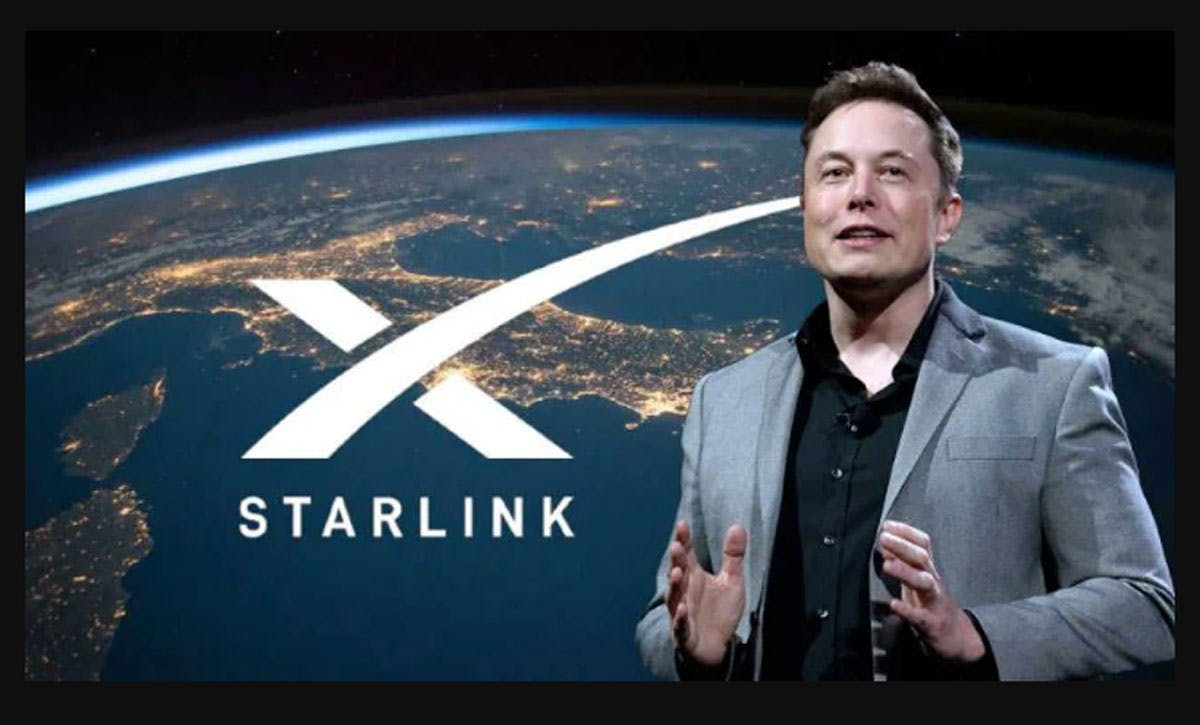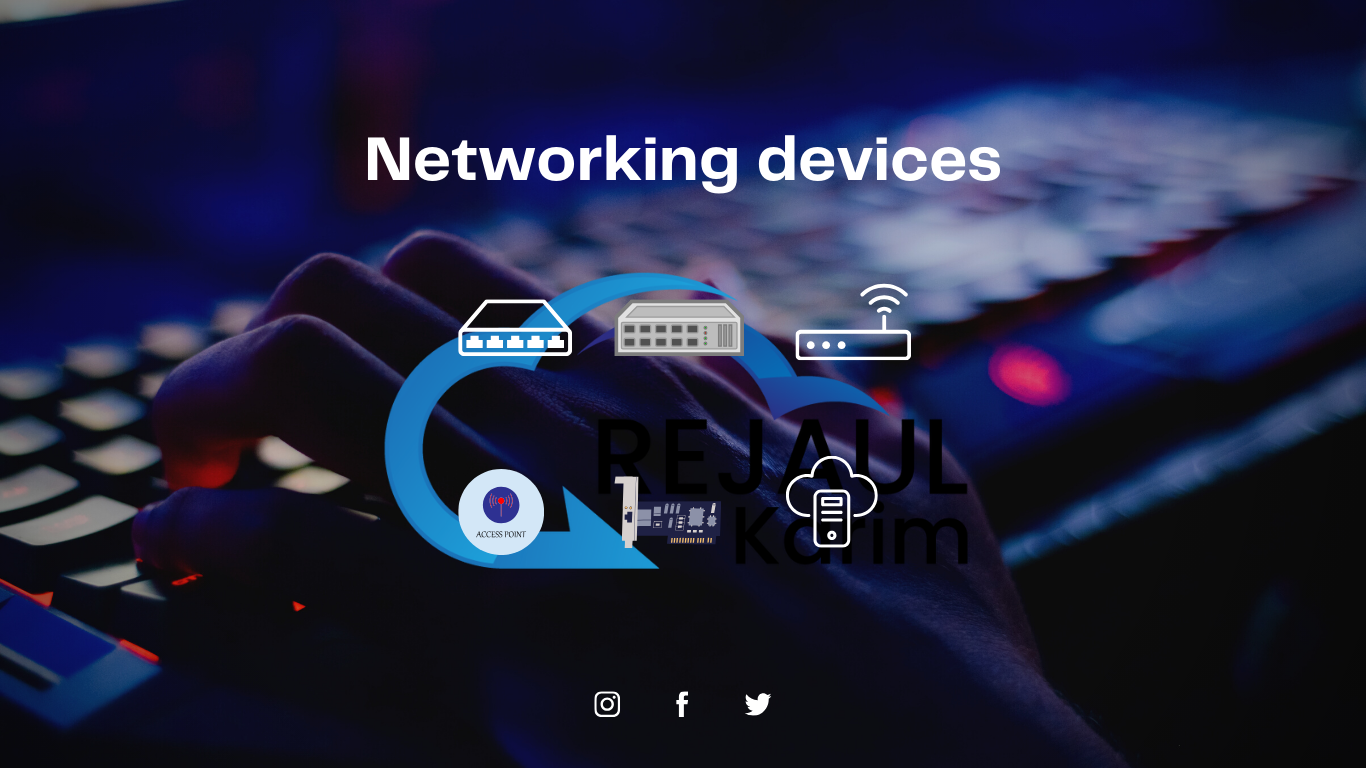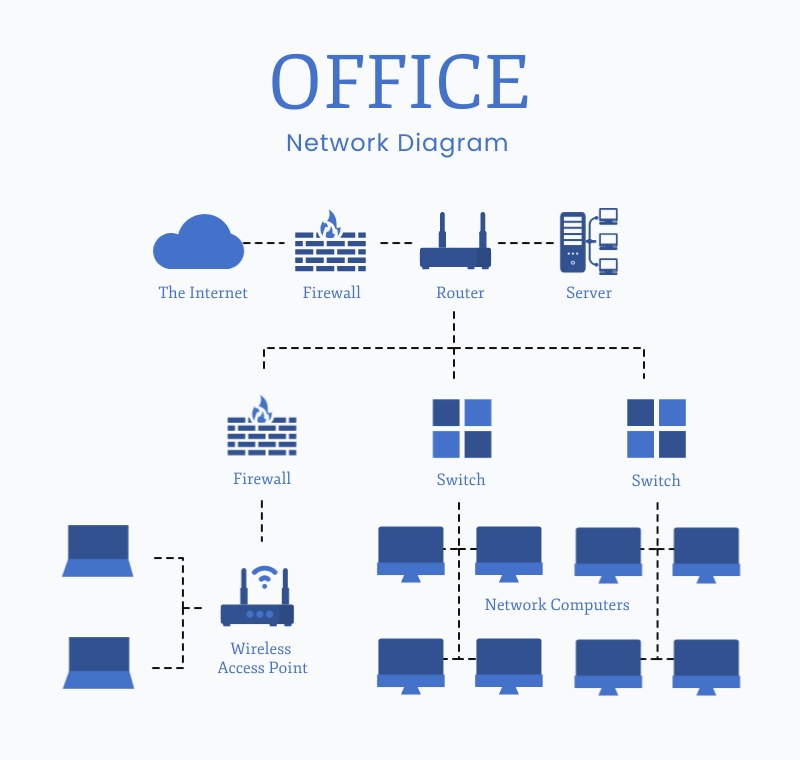Starlink is a satellite internet constellation project developed by SpaceX, the private aerospace company founded by Elon Musk. The project aims to provide global broadband internet coverage by deploying a vast network of satellites in low Earth orbit (LEO). These satellites work together to create a mesh-like network, offering high-speed internet access to even the most remote and underserved areas of the world.
Pros of Starlink:
Global Coverage: Starlink aims to bring internet connectivity to areas that currently lack reliable internet access, including rural and remote regions, as well as developing countries. This can bridge the digital divide and provide educational and economic opportunities to underserved communities.
High-Speed Internet: Starlink promises to deliver high-speed internet with low latency, comparable to or even better than traditional cable or fiber-optic connections in many cases. This can significantly improve the overall online experience for users.
Low Earth Orbit: The satellites used in the Starlink constellation operate in low Earth orbit, which reduces communication latency as compared to traditional geostationary satellites. Low latency is crucial for applications like online gaming, video conferencing, and real-time data transmission.
Scalability: The constellation is designed to be scalable, meaning more satellites can be launched and added to the network over time to increase capacity and improve service quality.
Space Exploration Funding: The revenue generated from the Starlink project is expected to fund SpaceX’s ambitious plans for space exploration, such as the development of Mars colonization technologies and interplanetary travel.
Cons of Starlink:
Satellite Debris: With thousands of satellites planned for deployment, there are concerns about space debris and the potential for collisions, which could exacerbate the problem of space debris pollution.
Night Sky Visibility: As more satellites are launched, there have been concerns about their visibility in the night sky, leading to potential impacts on astronomical observations and stargazing.
Regulatory and Spectrum Issues: The deployment of a large satellite constellation raises regulatory challenges, especially concerning frequency spectrum allocation, potential interference with other satellite systems, and concerns from astronomers and observatories.
Cost: The initial cost for users to access Starlink services may be higher compared to traditional internet options, though this is expected to decrease over time as the network matures and gains more subscribers.
Environmental Impact: The manufacturing, launching, and eventual disposal of satellites could have environmental impacts, including the use of resources and energy.
Overall, Starlink holds the potential to revolutionize global internet connectivity, but it also faces technical, regulatory, and environmental challenges that need to be addressed for its long-term sustainability and success.











